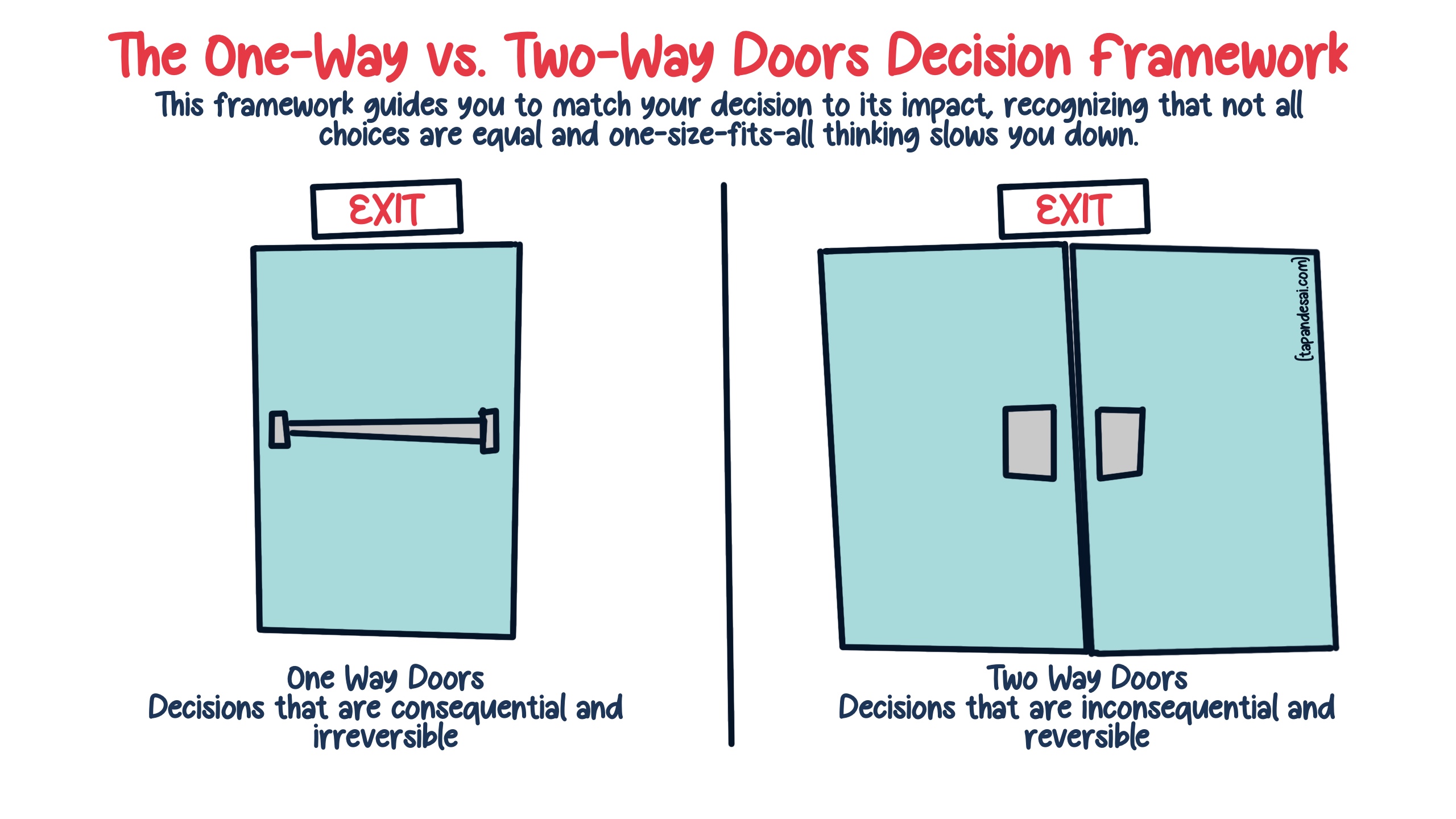Spark to Hack ✧
Hi, I'm Aurélie, a "coachultant" (certified systemic coach + consultant) and facilitator, specialized in innovation in healthcare and sustainability. I enable teams and leaders to accelerate from initial ideas to 1st pilot, GenAI been one of many ressource. I support big pharma (Roche, Pfizer, MSD...) and accelerators in AI, Digital health and medtech. I bring creativity and disciplined methods with contagious energy and smile. I have a No BlaBla, No Bullshit, and no Blingbling values. I am an entrepreneur & Mum of 3 boys aware that I only have one life, so I want to make the most of it!
|
Hello ! If you feel you have not achieved what was planned 😱 at the end of the quarter or the year, here is an actionable way to improve your team's performance. Making better and faster decisions. "In any moment of decision, the best thing you can do is the right thing, the next best thing is the wrong thing, and the worst thing you can do is nothing." Theodore Roosevelt Get comfortable for your 5 minutes of sparks to hack. ✨ Spark ✏ Mindset reset: more risks lie in no decision "A" decision is better than "no" decision. Action is better than inaction. A wrong choice is better than no choice. (thanks, Nicolas Cole, for the summary) This is why improving how you and your team make decisions is critical. ✏ Reversible vs irreversible decision: the analogy of the door In 2016, Jeff Bezos shared his big idea to make Amazon even more successful. He focused on making decisions faster: we should not wait to know everything (90-100%) before we decide. Waiting too long can stop new ideas from happening. Bezos suggested looking at decisions in two ways:
At Amazon, they call this one-way door = type 1 (If you walk through and don’t like what you see on the other side, you can’t return to where you were before) or two-way doors = type 2. Type 2 decisions can and should be made quickly by high-judgment individuals or small groups. However, as organizations grow, they seem to tend to use the heavy-weight Type 1 decision-making process on most decisions, including many Type 2 decisions. According to Jeff Bezos, this results in slowness, unthoughtful risk aversion, failure to experiment sufficiently, and consequently diminished invention. ✏ Consequential vs non-consequential : So besides the risk (type 1 or type 2) we take by making a decision, another consideration is the impact. It is consequential (significant impact) or not (low impact).
So, the first thing we should do as a team is assess which decisions we are considering:
✨ Hack ✏ Off-line decision making For all the inconsequential decisions, leverage offline decision-making. For example, using video to share a report or a prototype and ask for feedback and decisions is powerful. I do more than 15 videos per week, using Loom (today more than 310 videos)
|
Collect: Share what evidence has been gathered since the last meeting.
This could be interviews your team has conducted, insights from your sales or field teams, or the result of market research.
The aim is to have everything collected in one place and one meeting, ensuring a comprehensive view of the new data collected.
Analyze: Debrief, interpret, debate, and argue.
The more friction, the better! It signals that you are looking at the collected evidence from multiple angles and leveraging the diversity and minority interpretations of the insights within your team.
Plan and Decide: how does what you learned influence our current plan? Which new decision need to be made?
That's all for today!
We teach this structure in our online acceleration program BOOST for early-stage teams in healthcare based on the insights from more than 500 healthcare teams coached.
| Discover our 3 months acceleration program BOOST |
See you in two weeks. Keep the spark alive, and be intentional :).
Hit reply to let me know if you liked this edition or if you tried these tips. I respond to every person who writes to me!
See you in two weeks. Keep the spark alive, and be intentional :)
Spark to Hack ✧
Hi, I'm Aurélie, a "coachultant" (certified systemic coach + consultant) and facilitator, specialized in innovation in healthcare and sustainability. I enable teams and leaders to accelerate from initial ideas to 1st pilot, GenAI been one of many ressource. I support big pharma (Roche, Pfizer, MSD...) and accelerators in AI, Digital health and medtech. I bring creativity and disciplined methods with contagious energy and smile. I have a No BlaBla, No Bullshit, and no Blingbling values. I am an entrepreneur & Mum of 3 boys aware that I only have one life, so I want to make the most of it!
